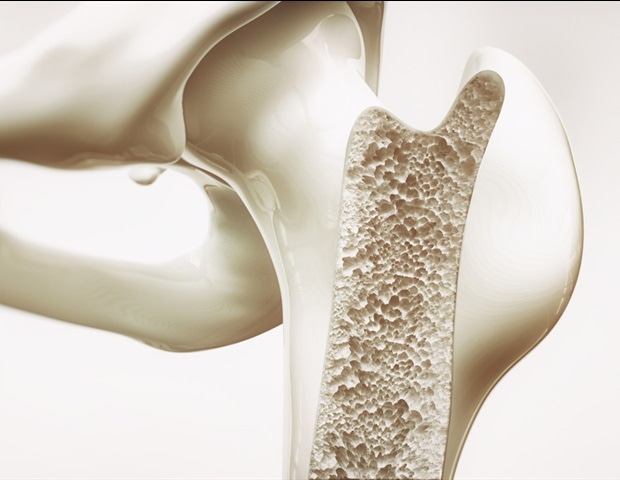
Within the realm of orthopedic drugs, the problem of managing contaminated bone defects (IBDs) has persevered as a big hurdle. The arrival of superior biomaterials has opened new avenues for innovation, significantly within the improvement of bone regeneration scaffolds that may not solely promote bone progress but in addition fight infections. A current examine, revealed in BME Frontiers, presents a groundbreaking dual-functional bone regeneration scaffold, designated as Qx-D, which holds immense promise for the therapy of IBDs.
The analysis, carried out with the purpose of enhancing early administration and surgical outcomes for bone infections, targeted on modifying demineralized bone matrix (DBM), a naturally derived materials recognized for its osteogenic potential. DBM, whereas efficient in inducing bone regeneration, lacks antimicrobial properties, making it prone to infections. To beat this limitation, the analysis workforce launched a macromolecular quaternary ammonium salt (QPEI) to the DBM construction.
By a facile Schiff base response, a collection of Qx-D scaffolds with tunable feeding ratios have been synthesized. These scaffolds exhibited marked antibacterial properties towards a variety of micro organism, together with Gram-positive and Gram-negative strains, akin to Staphylococcus aureus (S. aureus), methicillin-resistant S. aureus (MRSA), and Escherichia coli (E. coli). The antibacterial effectivity of Qx-D reached a formidable 99.9%, demonstrating its broad-spectrum antibacterial exercise.
Along with its antibacterial properties, Qx-D additionally demonstrated good biocompatibility. In vitro research confirmed that the scaffold supported the adhesion and differentiation of bone marrow stromal cells (BMSCs), a key cell kind concerned in bone regeneration. Moreover, alkaline phosphatase (ALP) staining outcomes indicated that Qx-D had a optimistic impact on osteogenic differentiation of BMSCs, with out considerably affecting cell exercise.
The in vivo efficiency of Qx-D was evaluated utilizing a rat mannequin with contaminated bone defects. The outcomes confirmed that Qx-D implantation successfully decreased irritation and promoted bone regeneration. Micro-computed tomography (CT) photos revealed that the defect was practically fully closed within the Qx-D group, with a considerably increased bone quantity/whole quantity (BV/TV) ratio in comparison with the management group.
This examine gives vital insights into the event of dual-functional bone scaffolds for contaminated bone defect therapy. The Qx-D scaffold, with its mixture of antibacterial and osteogenic properties, provides a promising different to present therapy strategies that usually depend on antibiotics, which might result in drug resistance and different problems.
The analysis workforce believes that Qx-D has the potential to revolutionize the therapy of contaminated bone defects, enhancing affected person outcomes and decreasing the burden of bone infections in orthopedic clinics. With additional improvement and scientific trials, Qx-D might grow to be a standard-of-care choice for sufferers with contaminated bone defects, bringing new hope for these battling this difficult situation.
Supply:
Journal reference:
Chen, L., et al. (2024). Cationized decalcified bone matrix for contaminated bone defect therapy. BME Frontiers. doi.org/10.34133/bmef.0066.
